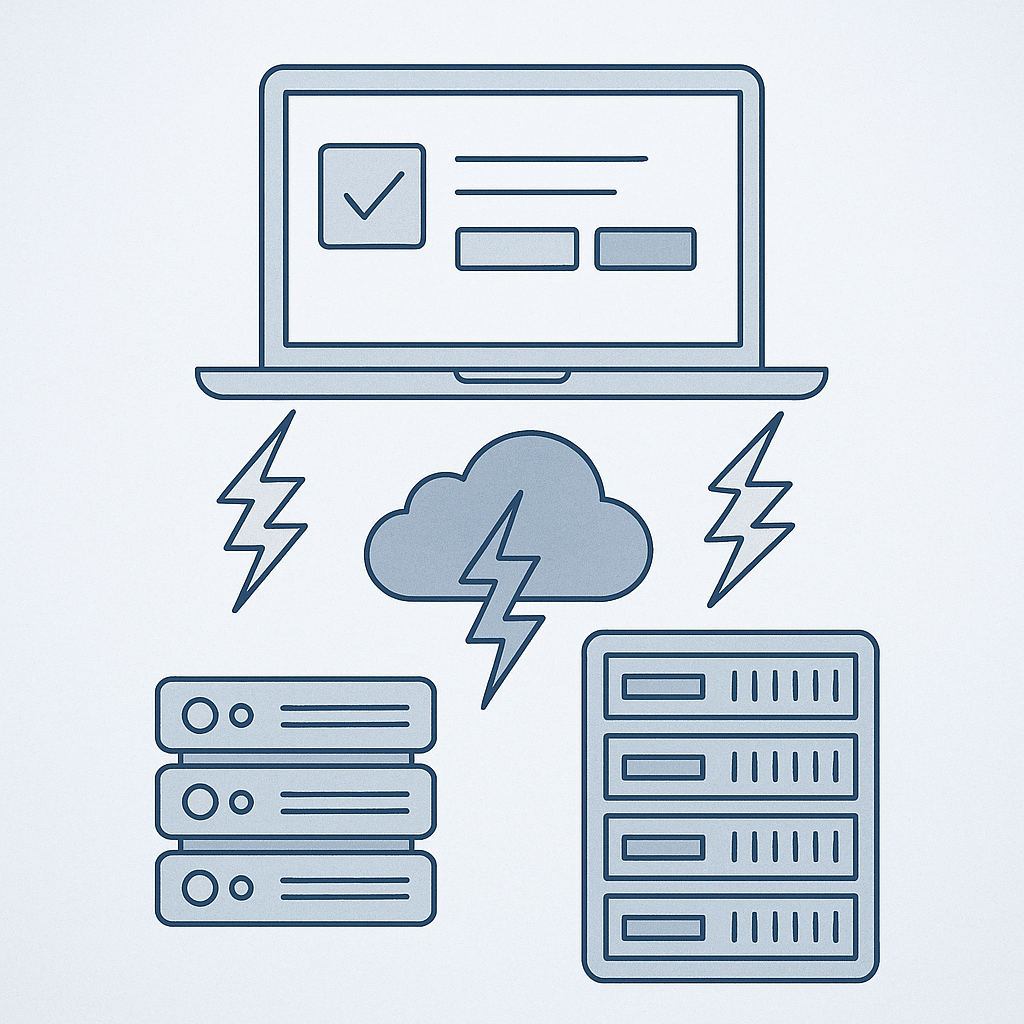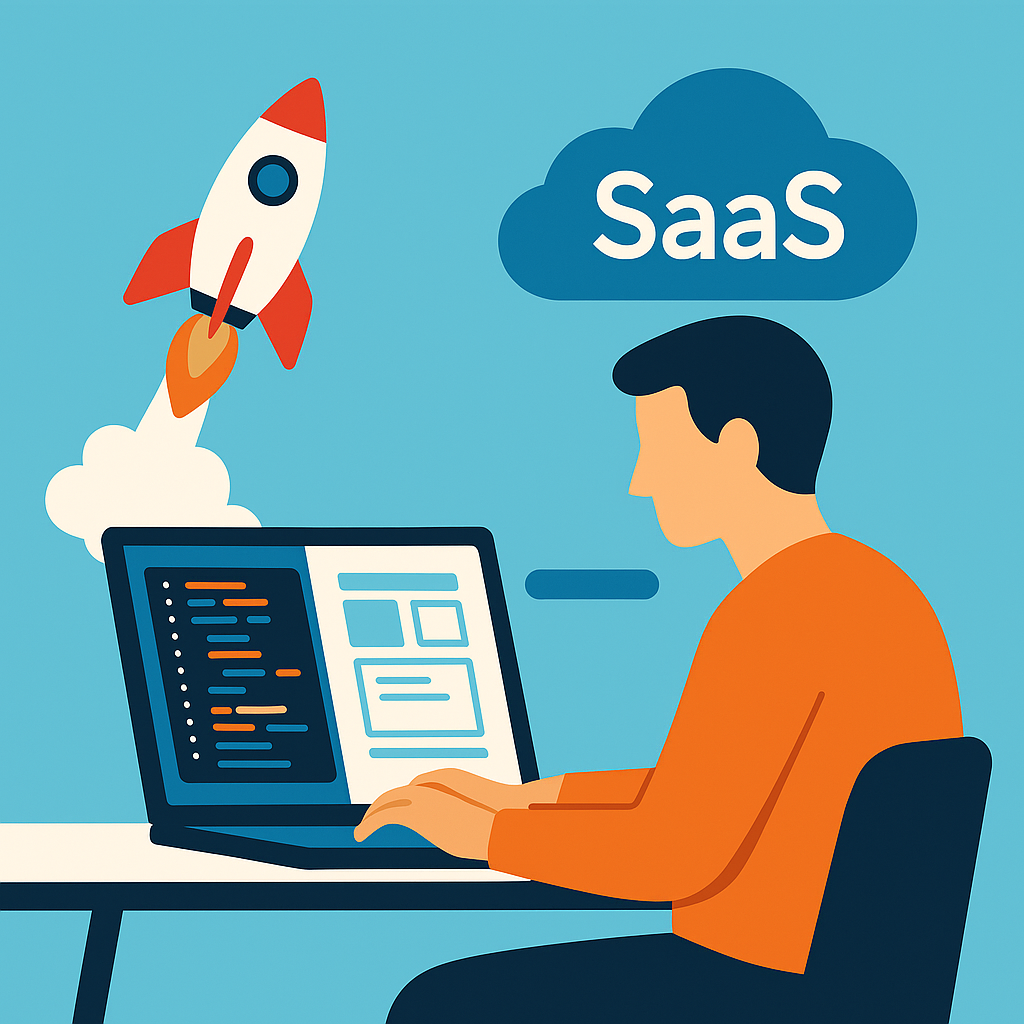Ever think about what happens before you see a splash screen? Just like electricity or plumbing, a SaaS’s true work happens behind the scenes. A great backend is “invisible when it works well,” quietly powering every button click and API call. Every message you send, photo you upload, or report you generate travels through a hidden digital ecosystem — data centers, cables, servers and code — what one writer calls “the plumbing of the internet”. Users never see these pipes and pumps, so it’s easy to take them for granted. But just as a house needs steady water and power, your application needs a rock-solid backend to stay fast, reliable and trustworthy.
t’s tempting to focus all your energy on a sleek UI or flashy features, but if the backend falters, users feel it immediately. Consider what even a moment of downtime can cost you: studies suggest enterprise outages rack up hundreds of thousands of dollars per hour, and roughly 30–40% of that comes from lost customer trust and churn. In plain terms, an hour of downtime could cost a SaaS a quarter-million dollars or more. More than half of that loss is simply people losing faith in your service.
Performance lags are nearly as deadly. A mere 100ms slowdown – which is imperceptible to most developers – can equate to the impact of an 88-hour full outage for a $100M/year business. In other words, slow performance silently drains revenue and goodwill. It’s no wonder 90% of companies agree that sluggish SaaS tools drag down their teams. And since roughly 70–85% of SaaS revenue comes from renewals, any slowdown directly threatens loyalty and retention. In fact, one analysis found people were 3× more likely to sign up when a site loaded in 1 second versus 5 seconds, and 5× more likely than a 10-second load. The message is clear: fast, reliable infrastructure isn’t a luxury — it’s the foundation of user satisfaction and growth.





